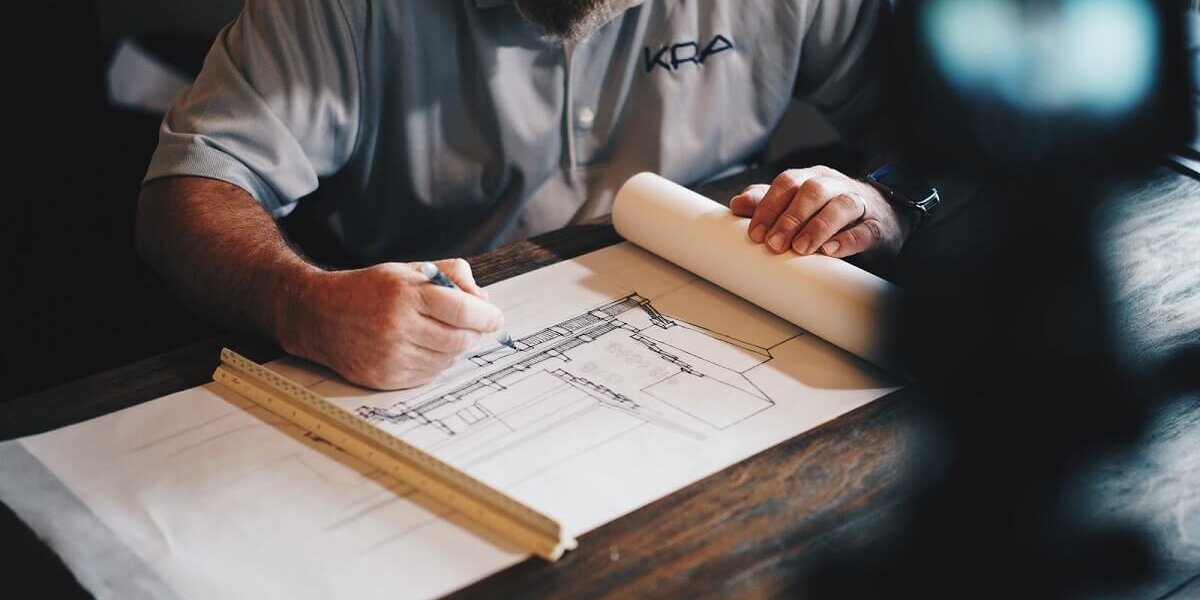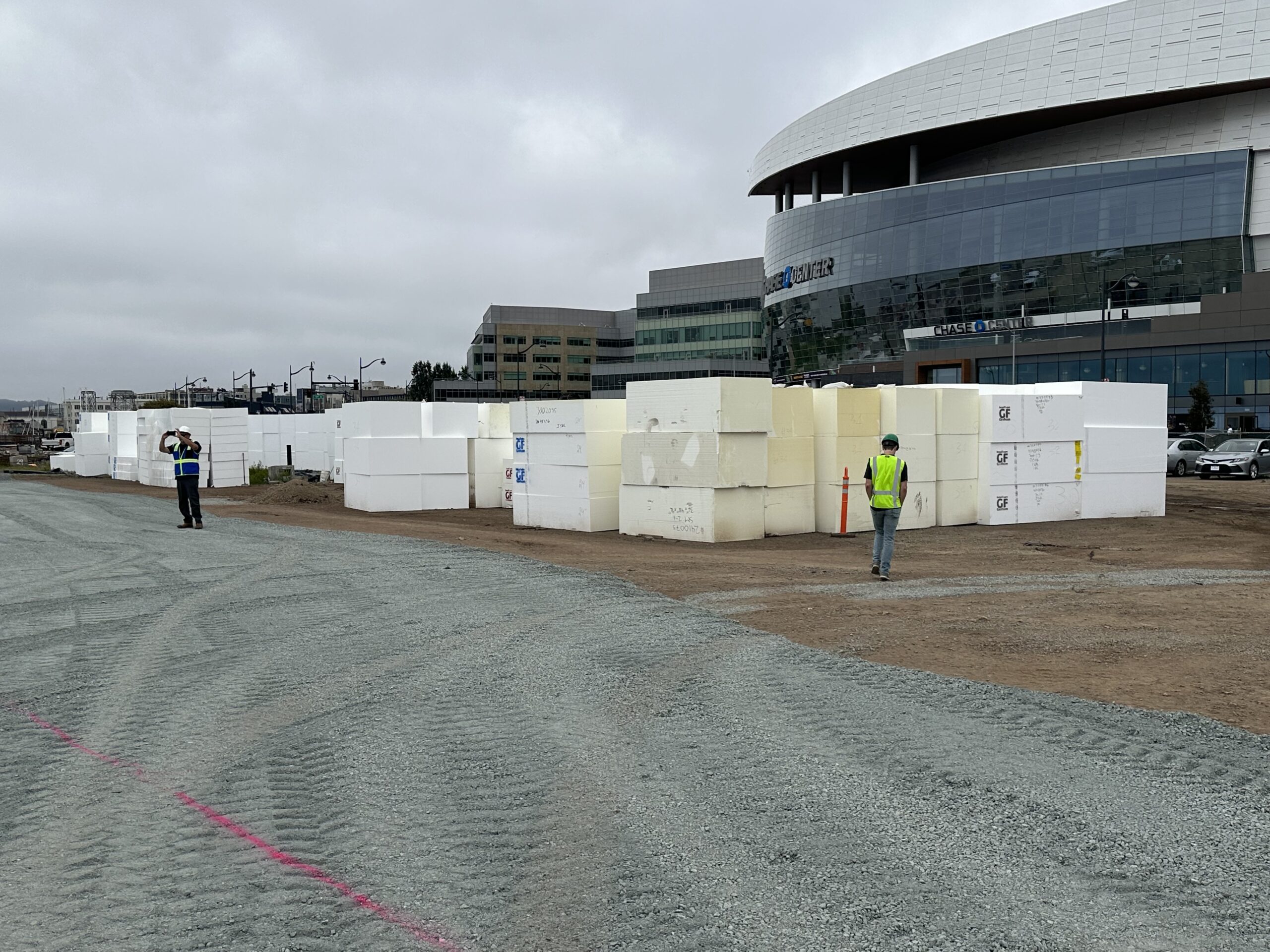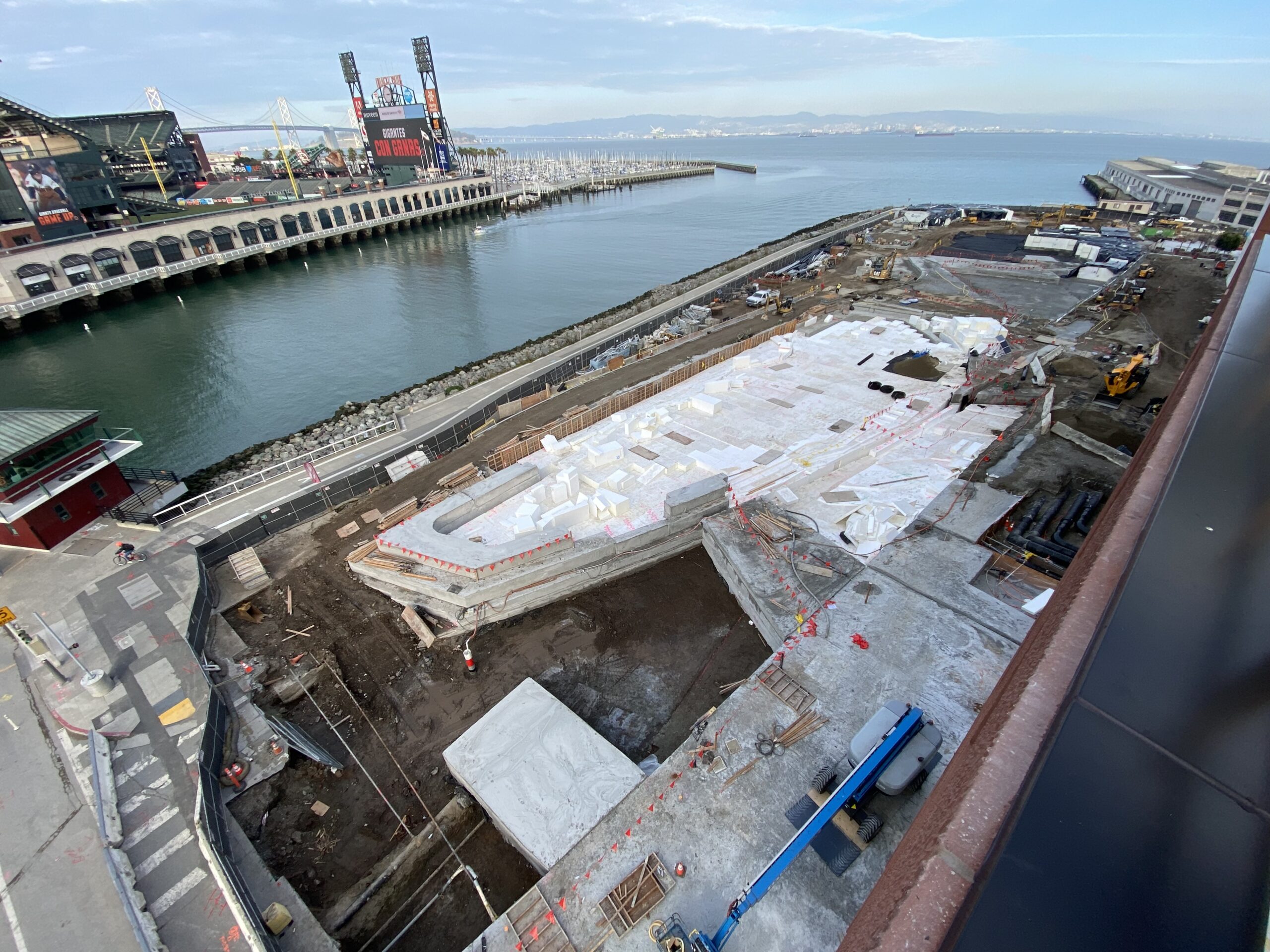Whatever your next project, if you haven’t considered using Expanded Polystyrene (EPS) geofoam blocks or Styrofoam blocks, you just could be missing out on a lot of benefits. And in this highly competitive industry and economy, you need every advantage you can find to bring your construction projects to completion on time and on budget, and to meet the ever-growing demand for green building. Here are some of the benefits of using Styrofoam over more traditional construction materials.
- Ease of installation. The construction process itself isn’t complicated and requires only a brief training period to master the basics. Since foam blocks can be factory cut to fit to size for your project, there’s little to no retrofitting involved. Lightweight and construction-friendly Styrofoam doesn’t require any large, special equipment to complete the installation process, unlike other construction materials. Typically, blocks can be hand-carried by workers onsite. Additionally, Styrofoam construction blocks can easily accommodate on-the-fly tweaks and changes to the project plan made by contractors and architects due to changing jobsite conditions. And once the installation is completed, there’s no maintenance required.
- Construction efficiencies. EPS geofoam blocks weigh only one to two pounds per cubic foot, so the construction process goes quickly and it takes only a minimum of labor. Using EPS geofoam blocks can cut weeks off your construction schedule and enable you to complete your project on time or even ahead of schedule. For example, since Polystyrene geofoam blocks can be manufactured in different thicknesses, you only have to install one layer rather than two or more layers of other building materials. And since the materials can be delivered just-in-time, you won’t have to store material and move it to the jobsite when you’re ready to use it.
- Low (comparatively) and consistent cost. By using EPS geofoam blocks rather than traditional construction materials such as soil or lumber you can save on labor costs, effort and time. That can reduce your project costs by 25% to 30%! Because EPS structural foam is lightweight, it costs much less to transport them to the project site. And EPS geofoam blocks have the highest average R-value per dollar compared to other rigid foam installations. Plus, while the cost of many building materials can fluctuate widely, the cost of EPS geofoam blocks has remained relatively consistent. That allows you to make more accurate cost estimates for jobs!
- Versatile. Styrofoam building blocks are quite versatile. They can be used to stabilize side hill projects, for tiered seating platform construction, building foundations, bridge abutments, road construction, retaining walls and more. Standard sized Styrofoam blocks are available in multiple sizes up to 36-inches thick and 16-feet long or larger. In addition, Styrofoam blocks are totally customizable. They can be fabricated to size or cut into any configuration to fit your project’s needs.
- Energy efficient. According to the U.S. Green Building Council, one of the benefits of using Styrofoam blocks in building construction is that they help with energy savings. Styrofoam is 98% to 99% air by volume. The air pockets that form during the manufacturing process make Styrofoam blocks great for thermal insulation. Buildings constructed with Styrofoam blocks keep the building cooler in the hot summer months and warmer in the cold winter months. This reduces the building’s energy consumption and makes the building more economical to maintain. And since aging doesn’t affect long-term thermal resistance, your customers will benefit from Styrofoam’s energy efficiency for years to come.
- Environmentally friendly. EPS geofoam blocks are incredibly environmentally friendly materials you can use in your construction project, and more and more customers are looking for construction projects that use eco-friendly products. EPS geofoam blocks are free of dyes, formaldehyde, chloroflure carbons (CFCs) and hydrochlorofluorcarbons (HCFCs) which may be harmful to the environment. And over time EPS geofoam blocks will not leach into the ground. EPS geofoam blocks qualify for Energy Star status, a symbol backed by the U.S. Environmental Protection Agency that signifies the product not only helps businesses/people save money but helps protect the climate due to its energy-efficient properties. No greenhouse gases are utilized in the manufacturing process and it does not result in the emission of greenhouse gases. EPS geofoam blocks are manufactured using primarily steam, and the water from the manufacturing process is collected and reused. They can be manufactured using up to 10% of recycled materials. In fact, the finished blocks are 100% recyclable. EPS geofoam blocks are manufactured in more than 100 locations nationwide. So, typically they can be transported within a 500-mile radius of the jobsite. That means contractors can obtain LEED credits for local sourcing. And since EPS geofoam blocks are so lightweight, less fuel is consumed in getting the product to the jobsite. EPS geofoam blocks even have the seal of approval from the American Lung Association. Its Health House Indoor Air Quality guidelines recognizes EPS geofoam as a safe material for continuous insulation and structural support in construction projects. Finally, since EPS geofoam blocks are a manufactured product, every time you use EPS geofoam blocks in a project instead of a natural material such as rock or timber, you help sustain the environment.
- Water resistant. Unlike 2 x 4s, Styrofoam’s closed-cell structure (98% air) doesn’t readily absorb moisture. Instead, it inhibits moisture intrusion. Moisture promotes the growth of many organisms such as mold, mildew or dust mites which cause allergies, asthma and other health issues. Thanks to Styrofoam’s water-repellant structure, it reduces the development and growth of these biological air contaminants.
- Durable and long-lasting. Styrofoam won’t rot and it isn’t subject to erosion like soil or rock. It won’t decompose over time, so it will be around adding foam insulation and support to your projects for a long time. And, it isn’t suitable snack food for termites and other vermin, unlike wood.
- Lightweight. EPS geofoam blocks weigh only one to two pounds per cubic foot depending on their size. That’s 1% the weight of soil and less than 10% the weight of other lightweight traditional fills. Put another way, EPS geofoam blocks typically weigh up to 100 times lighter than other traditional fills with comparable compression strengths.
- Low density. The density of this foam ranges from 15 to 22 kg/m3 — only about 1 to 2% the density of soil, rock and other traditional earth materials. That gives EPS geofoam blocks an advantage when it comes to reducing stress on underlying subgrades. Using soil for the same construction project would require more labor, time and effort because soil needs to be packed down. Since EPS geofoam blocks are a lightweight material, they also reduce settlement and increase stability against bearing and slope failures. And they don’t place additional load on buildings. But if you need a higher density to help you achieve the R-value requirement to meet local building energy codes, density can be controlled through the manufacturing process.
- Strong and durable. High compressive strengths of up to 60 psi make these foam blocks durable and long-lasting and able to stand up to harsh conditions without deterioration. Styrofoam’s comprehensive resistance at 1% deformation ranges from 2.2 psi to 18.6 psi.
- A stable material. EPS geofoam blocks resist vibrations which helps structures absorb the impact of earthquakes and tremors making them more resistant to these natural forces. That’s why EPS geofoam blocks are a favored lightweight fill material for road construction. EPS geofoam blocks enable roads to be built faster and with greater stability than is possible with other lightweight fill materials.
- Soundproofing capabilities. We’re well aware of how excess noise negatively impacts our personal health and comfort as well as how efficiently we work. EPS geofoam blocks are a great help in diminishing noise transmission in structures. According to the EPS Industry Alliance, EPS geofoam, when used in combination with other materials such as Gypsum board, can reduce the amount of airborne sounds that are transmitted through walls, ceilings and floors.
- Consistent properties. Factory-engineered Styrofoam building blocks are produced under stringent quality-controlled conditions. They undergo rigorous testing to ensure their uniformity and that they meet or exceed the required specifications. And that’s what you, as a general contractor, want. You won’t get that consistency of product with natural materials such as soil, lumber or rock.
- Widely accepted in the industry. EPS geofoam is a mature technology which was commercially developed first in Germany as early as the 1930s. Since then it has been used in thousands of construction projects all around the globe. Due to its many beneficial properties, it has gained wide acceptance and has become the product of choice for many applications such as bridge embankments, stadium seating platform construction and slope stabilization.
So, there you have it. Depending on your project, using EPS geofoam blocks may be just what you need to make the job easier, more efficient, greener, more economical and completed on schedule! Contact Geofoam International to learn more about how this material can impact your next project. We aren’t just a geofoam supplier, we aim to become part of your team.







